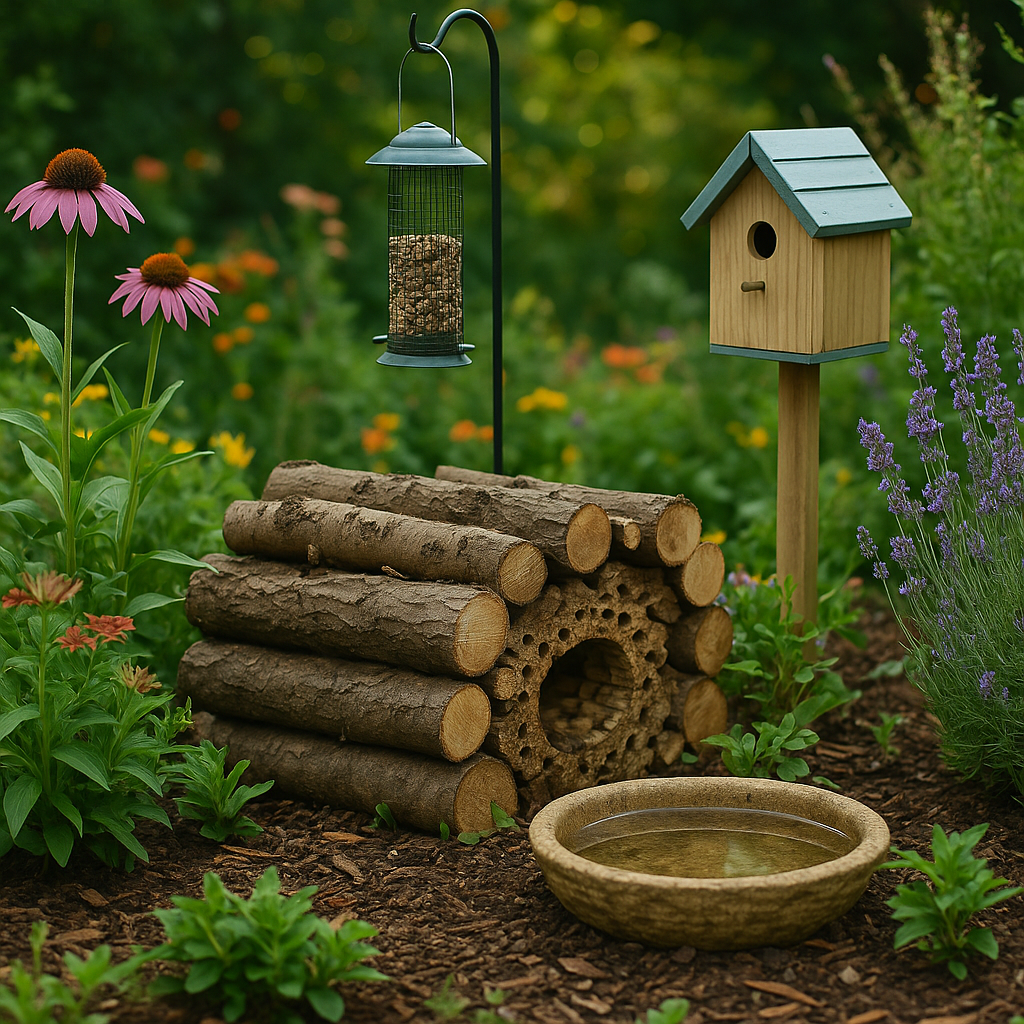In sustainable landscaping, soil health is the foundation for long-term beauty and resilience. Bright View Landscape has long understood that composting is one of the most cost-effective and environmentally friendly ways to improve soil quality, boost plant growth, and reduce waste. By integrating compost into garden and landscape projects, homeowners and commercial property managers can achieve greener, more vibrant outdoor spaces while lowering reliance on synthetic fertilizers.
In this guide, we’ll cover how Bright View Landscape professionals use compost in gardens, lawns, and landscape designs — and how you can apply these same techniques for your own property.
Why Composting Matters for Sustainable Landscaping
Compost is more than just decomposed organic matter — it’s a living, nutrient-rich soil amendment that improves structure, water retention, and biodiversity. By incorporating compost into garden beds or landscape installations, Bright View Landscape helps clients:
- Improve Soil Structure: Looser, crumbly soil allows for better root penetration and drainage.
- Enhance Water Retention: Compost holds moisture, reducing the need for frequent irrigation.
- Support Soil Microbiology: Healthy soil organisms break down organic matter and release nutrients slowly.
- Reduce Chemical Dependency: With improved soil health, plants require fewer synthetic fertilizers.
These benefits tie directly into Bright View Landscape | Low-Water Plant Design for Sustainable Beauty — a design philosophy that blends visual appeal with resource conservation.
Choosing the Right Compost for Your Landscape
Not all compost is created equal. The quality depends on the source material and composting process. Bright View Landscape recommends looking for compost that:
- Is dark and crumbly like topsoil
- Passes through a ⅜-inch screen without large debris
- Smells earthy, not sour or ammonia-like
- Has a balanced carbon-to-nitrogen ratio (around 30:1)
Common compost sources include yard waste, food scraps, livestock manure, and forestry byproducts. Depending on your garden goals, Bright View Landscape can help you select the best compost blend for your soil type and plant selection.
How Bright View Landscape Uses Compost
1. Garden Beds and Raised Beds
For new vegetable beds, a 3–4 inch layer of compost is mixed into the top 8–12 inches of soil. For existing beds, a lighter top-dress layer (¼–1 inch) is applied annually to maintain fertility.
Raised beds are filled with a soil mix — never pure compost — to maintain mineral balance and proper drainage. Compost makes up about 25% of the volume in these mixes.
2. Landscape Plant Installations
Before planting shrubs, trees, or ornamentals, Bright View Landscape amends the soil with 3–4 inches of compost, mixed to a depth of 6–8 inches. This step ensures new plants have immediate access to nutrients and can establish roots quickly.
3. Lawns: New and Existing
For new lawns, 1–2 inches of compost is tilled into the soil before seeding. For existing lawns, topdressing with compost after aeration helps fill soil cores, improve drainage, and enhance nutrient levels. Overseeding can be done at the same time for a denser turf.
Compost and Low-Water Planting
Water efficiency is a cornerstone of modern landscaping. Compost plays a big role in Bright View Landscape Using Low-Water Plants by enhancing the soil’s ability to store moisture for drought-tolerant species. Paired with mulch, compost minimizes evaporation and reduces irrigation frequency.
Sustainable Design Integration
Bright View Landscape’s composting strategies work hand-in-hand with other sustainable methods:
- Rainwater Harvesting: Compost-enriched soils absorb water more effectively, reducing runoff.
- Native Planting: Improves plant establishment in amended soils.
- Permeable Hardscaping: Supports soil health by reducing compaction.
For a deeper dive into these techniques, see Bright View Landscape Sustainable Design Techniques.
Compost Safety and Quality Control
Before buying bulk compost, Bright View Landscape advises clients to:
- Ask suppliers about herbicide testing
- Check for storage practices that prevent weed contamination
- Understand moisture content for easier spreading
Too much compost can harm plants and leach nutrients into waterways, so correct application rates are essential.
Partner Expertise Beyond Landscaping
In addition to their landscape expertise, Bright View collaborates with professionals in related fields to provide clients with well-rounded design solutions. For example:
- Countertop Fabricator expertise for integrating outdoor kitchen designs.
- Stone fabricator services for creating durable garden edging, patios, or retaining walls.
- Knowledge of Insulating Glass Unit Guide for Architects and Builders for greenhouse or sunroom integrations in sustainable gardens.
The Bright View Landscape Approach
Every property is unique, so composting strategies are tailored to site conditions, plant types, and long-term maintenance goals. Whether working on a small residential plot or a large commercial property, Bright View Landscape combines soil science with design artistry for results that are both sustainable and stunning.
Final Takeaway: Composting isn’t just a gardening chore — it’s a foundational step in creating healthier landscapes. By following the expert strategies of Bright View Landscape, you can boost soil fertility, conserve water, and support a thriving ecosystem right in your backyard.

